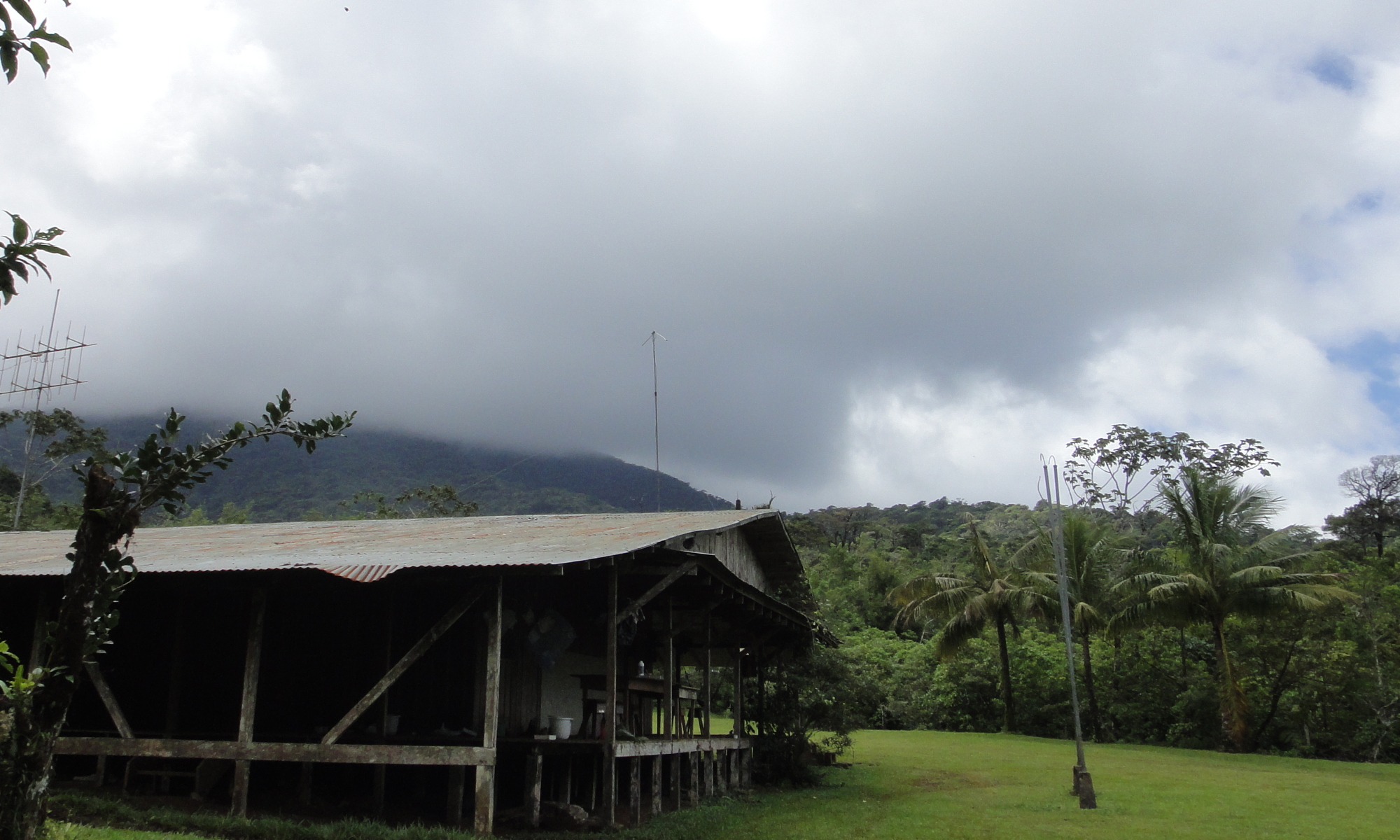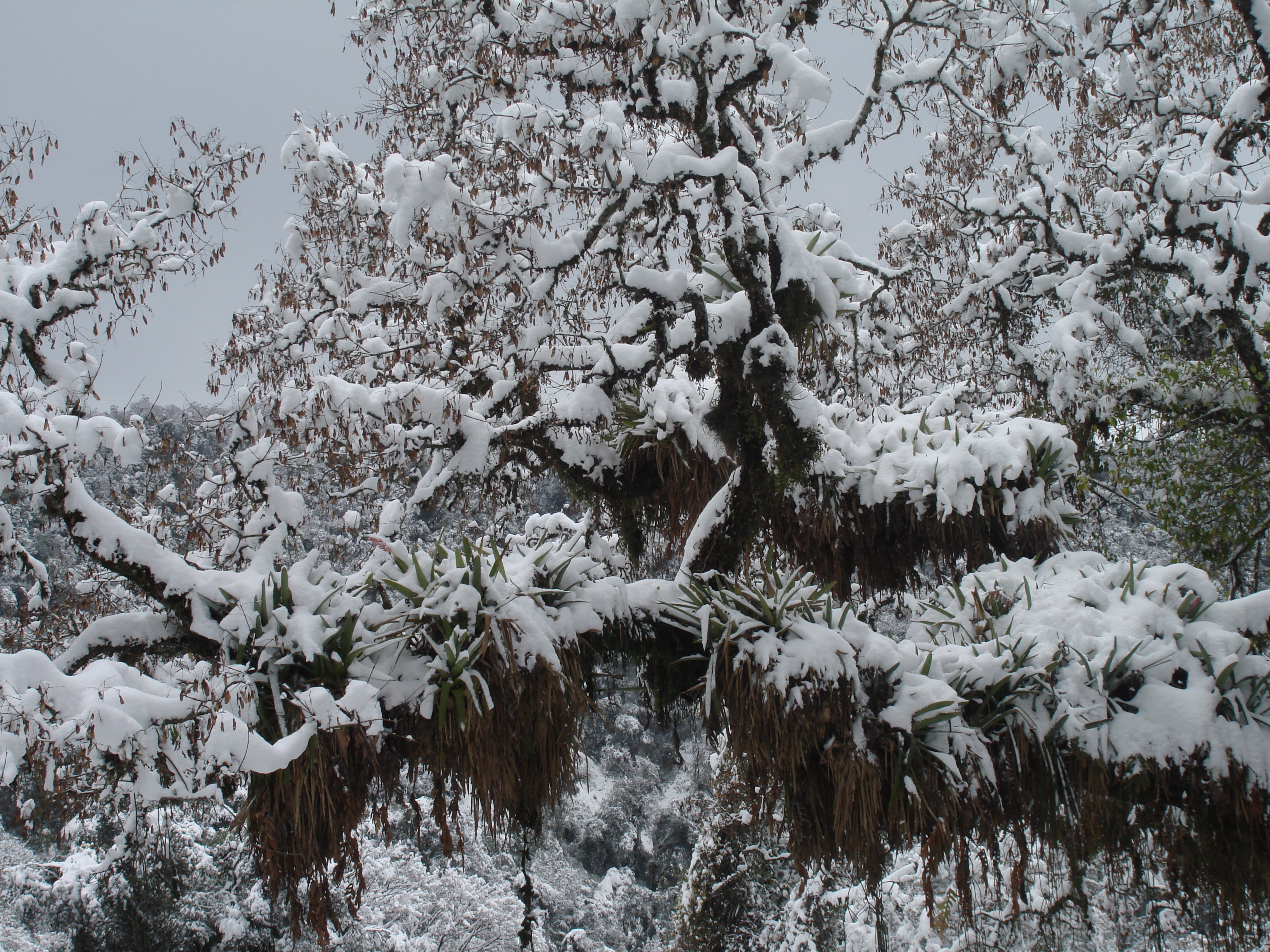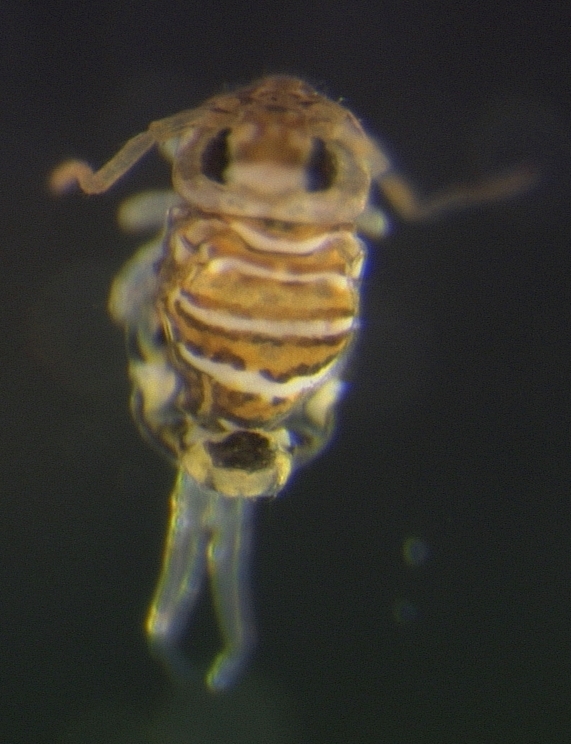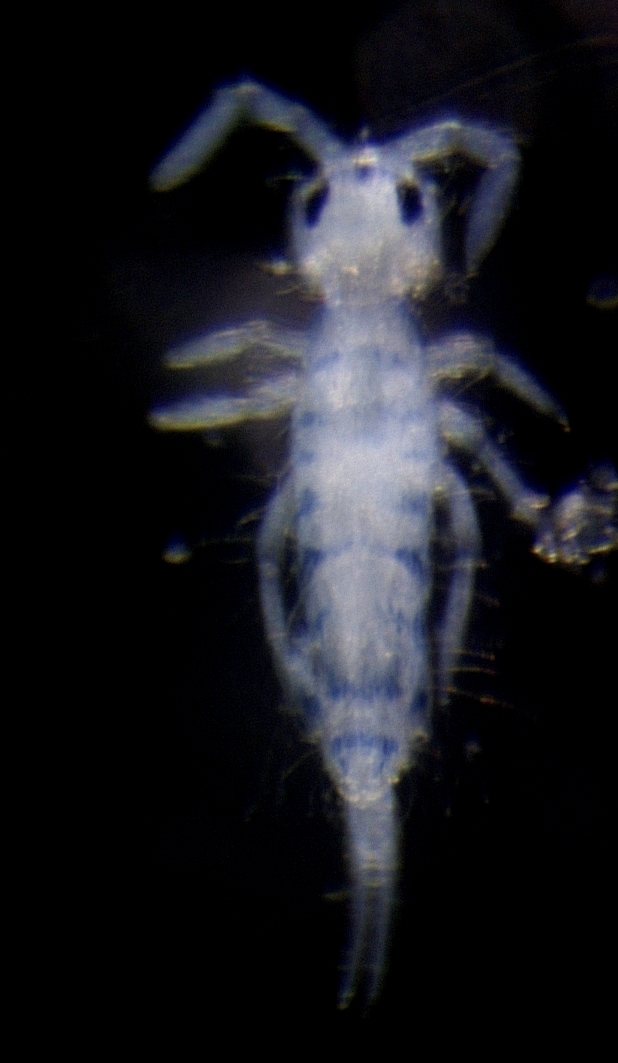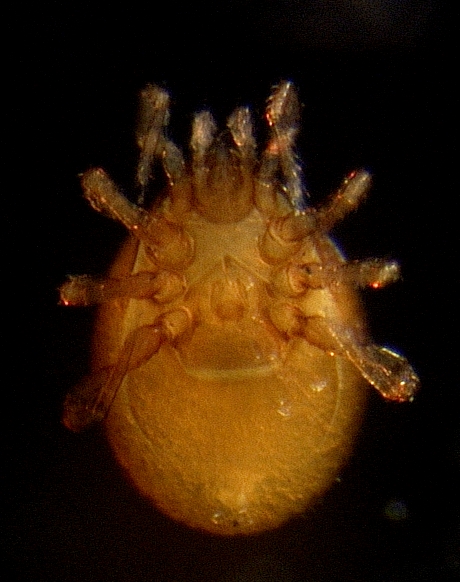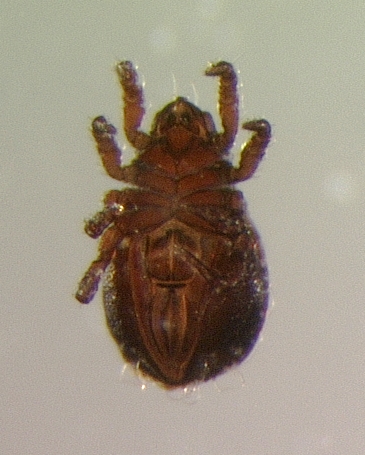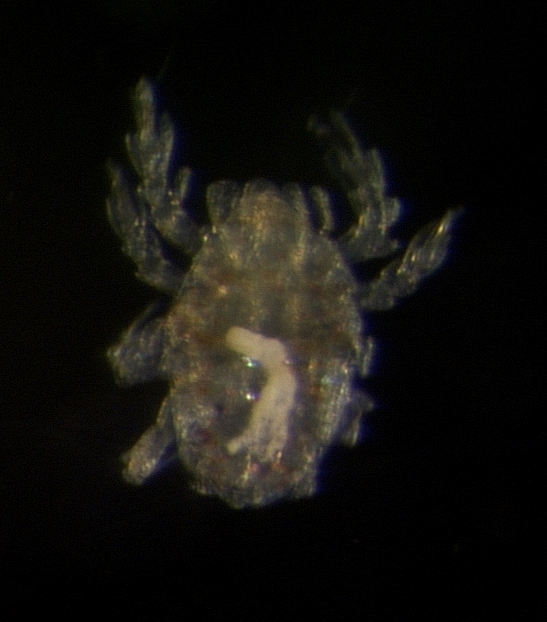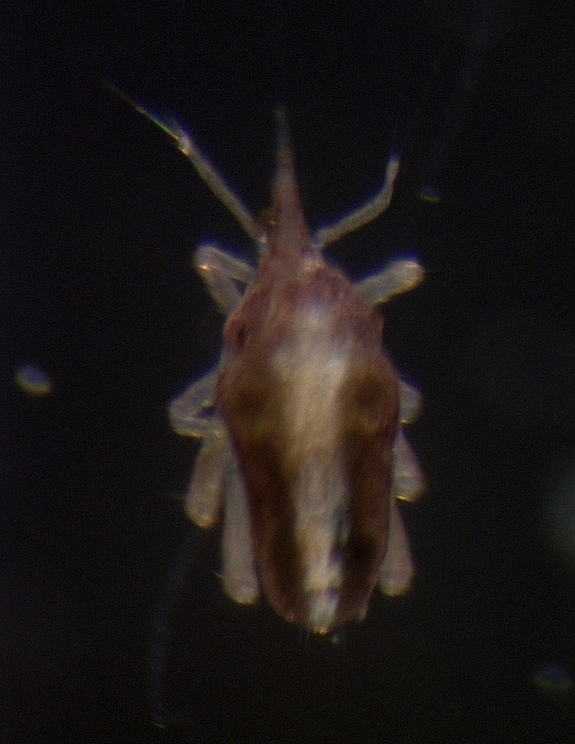Here I sit in Liberia, on my last day in Costa Rica. That means that field season #1 of my PhD is done! 8 weeks and 2 successful experiments later.
I think sometimes that I must be due for a disaster. (Not that I want to jinx myself by saying it…) The general impression of grad school is that your first field season is a write off. It’s a trail run so that when everything fails and you end up with nothing at the end, you’ll know how to fix it next time. So far I have yet to have said “trial field season”, because everything has gone more or less smoothly and I always come out with some kind of data.
Lets just hope that the people with successful field seasons are just less vocal about it. So, all my inverts are counted, all my leaves are weighed, all my data is inputed and next on the agenda is putting it together in some recognizable form for our upcoming Bromeliad Workshop, and prepping for field season #2!
I leave for Brazil in 2 short months, thanks to the rest of the lab who has been able to plan while I’ve been hiding out in Pitilla!
That’s it until Vancouver! Pura Vida!
